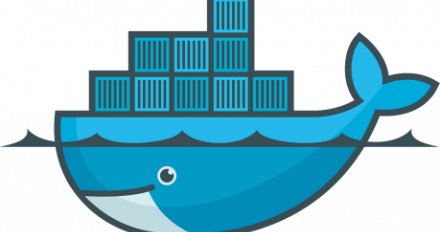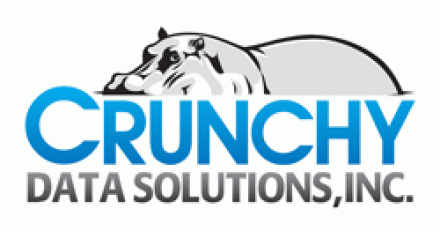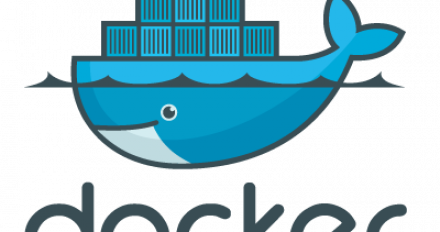
Article
How to Set Up A Kubernetes Developer Box
Kubernetes is a great tool for container orchestration on a server cluster. It makes it easy to deploy lots of containers in a resource-efficient way using a simple interface. But one thing that is not easy to do with Kubernetes is to deploy it locally. Kubernetes is designed to run on an actual cluster, which means using it only on a single computer is tough. I know. You're probably wondering why you'd want to use Kubernetes locally in the first...










